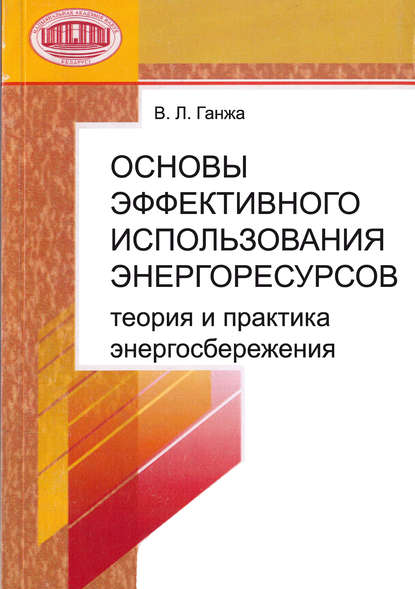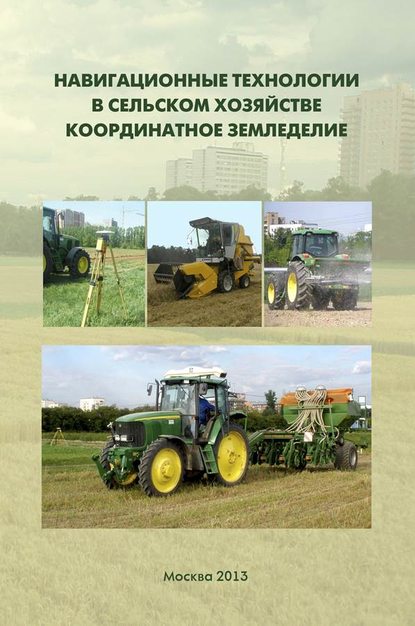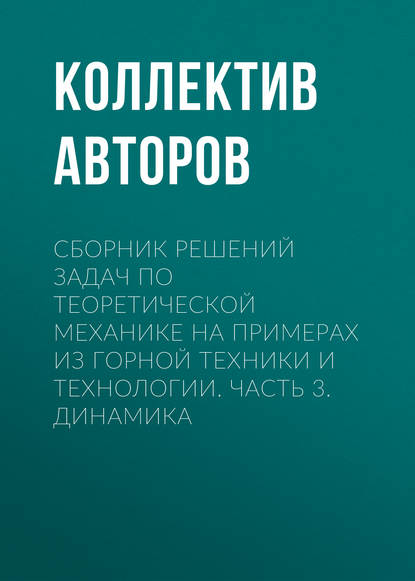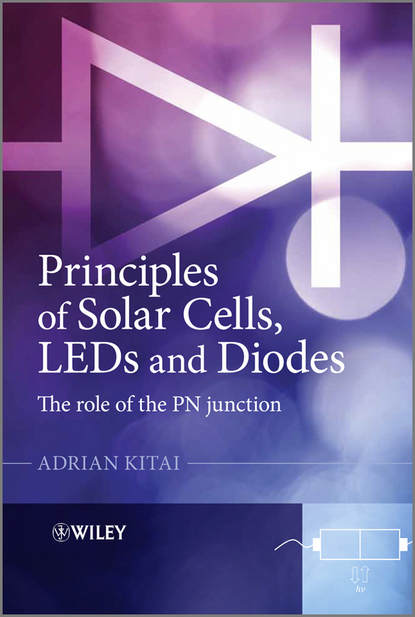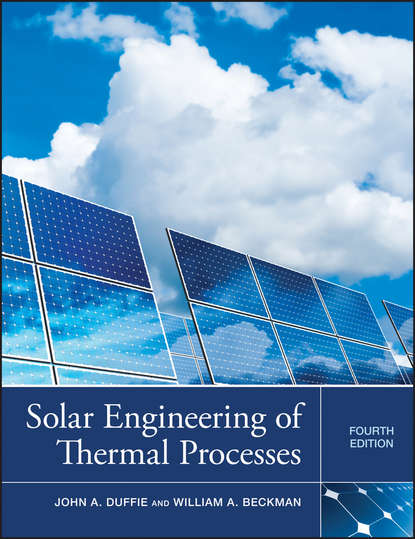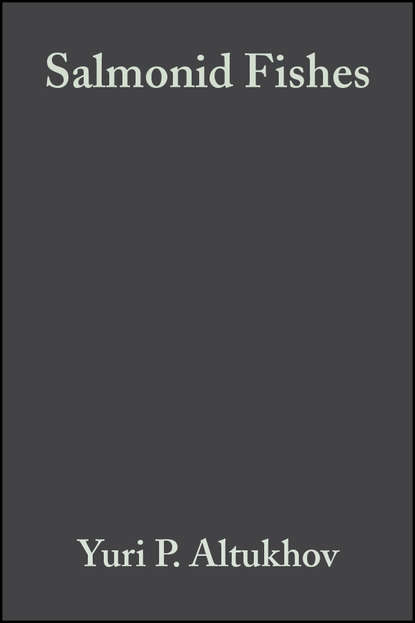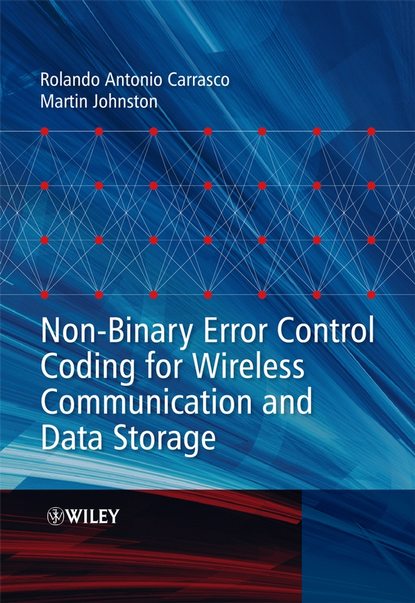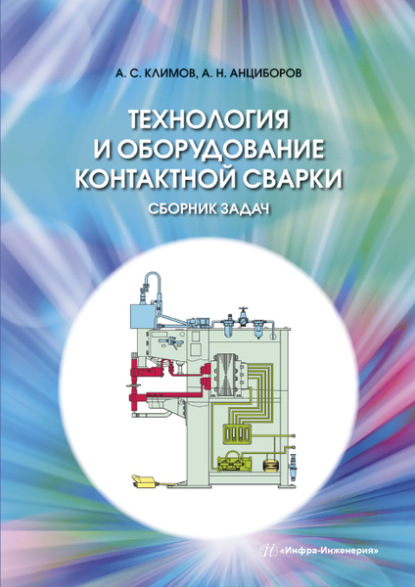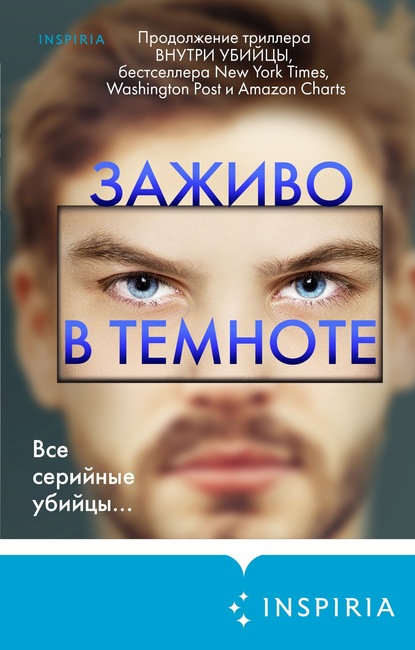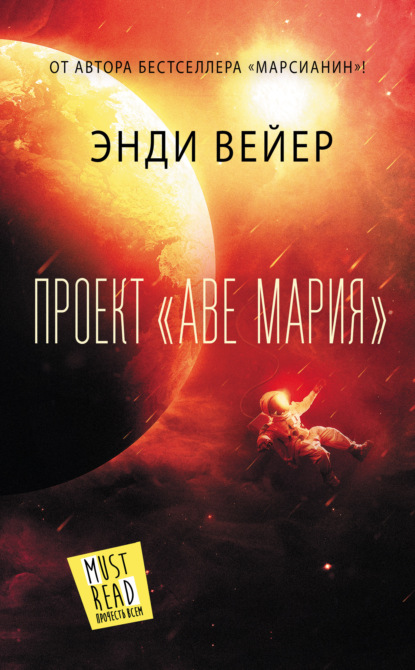Экспертные авторы книги "Неразрушающий контроль качества пищевых продуктов" доступно разъясняют текущие достижения отрасли и как превратить имеющиеся приборы в ценные активы. Читатели узнают, какие компетенции в области знания продукта, понимания процесса, приборостроения, принципов сенсорики, управления процессом и аналитической методологии необходимы, чтобы превратить применение в успех. Широкий охват тем освещает наиболее доминирующие сенсорные технологии с учетом исследовательских инициатив, продвигающих эти технологии не только в пищевой, но и в фармацевтической отраслях. Освещаются следующие темы: ультразвук, спектроскопия ближнего инфракрасного диапазона, спектроскопия среднего инфракрасного диапазона, спектроскопия комбинационного рассеяния, гиперспектральные системы визуализации, магнитно-резонансная томография, электронный нос, z-нос, биосенсоры, микроволновое поглощение, а также наночастицы и коллоиды как сенсоры.
Written by world experts, this volume clearly explains advances still at the forefront of the industry, and helps readers convert available instrumentation and technology into real assets for their products. It demonstrates the crucial skills of product and process knowledge, understanding, instrumentation use, sensing, control, and advanced analytical methods a business can take to ensure application hits the target market. The perspectives are unstintingly broad, encompassing all areas that affect the strongest sensor technologies, with the focus always set on the future revolution generated by developments not just in food manufacturing, but in pharmaceutical and bioanalytical applications. Topics covered include ultrasound, NIR spectroscopy, MIR spectroscopy, Raman, hyperspectral sensors, MRI, computer analysis, sensors, nanocolloids and microwave.
Электронная Книга «Nondestructive Testing of Food Quality» написана автором Joseph Irudayaraj в году.
Минимальный возраст читателя: 0
Язык: Английский
ISBN: 9780470388280
Описание книги от Joseph Irudayaraj
The expert contributors to Nondestructive Testing of Food Quality clearly explain present industry advances and how to turn available instrumentation into valuable assets. Readers learn how the competencies of product knowledge, process understanding, instrumentation, principles of sensing, process control, and analytical methodology are required to turn an application into success. The broad-based coverage of topics addresses the most dominant sensor technologies keeping in mind the research initiatives advancing these technologies not only in food but also in the pharmaceutical sectors. Coverage includes: ultrasound, near infrared spectroscopy, mid-infrared spectroscopy, Raman spectroscopy, hyperspectral imaging systems, magnetic resonance imaging, electronic nose, z-nose, biosensors, microwave absorption, and nanoparticles and colloids as sensors.



